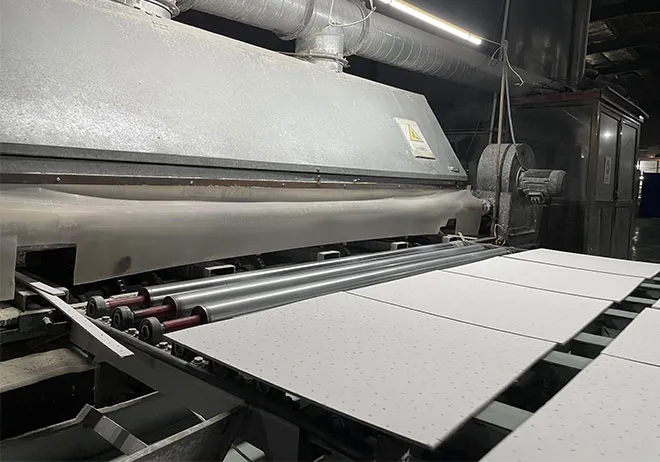Nov . 11, 2024 14:23 Back to list
drywall access panel ceiling
Understanding Drywall Access Panels for Ceilings
In contemporary construction and interior design, drywall access panels have become essential components for both functionality and aesthetic appeal. Particularly for ceilings, these access panels serve a critical role in providing easy access to utilities, plumbing, and electrical systems hidden behind drywall. In this article, we will explore the importance of drywall access panels, their types, installation processes, and key considerations for ensuring they meet the needs of your space.
The Purpose of Drywall Access Panels
Drywall access panels, often simply called access panels, are designed to provide a convenient means of entry to concealed spaces in ceilings and walls. These panels are especially useful in commercial and residential settings where maintenance of plumbing, electrical wiring, HVAC systems, or other utilities is necessary but not frequently accessed. By incorporating access panels into the design, homeowners and businesses can significantly reduce the costs and complexities associated with maintenance and repairs.
Using drywall access panels minimizes the need for extensive and unsightly repairs to the surrounding drywall when access is required. Instead of cutting into walls or ceilings—which can be a labor-intensive and disruptive process—contractors can simply remove the panel to reach the necessary components. Once the work is concluded, the panel can easily be replaced, leaving no trace of disruption.
Types of Drywall Access Panels
There are several types of drywall access panels available, each catering to various purposes and preferences
1. Standard Access Panels These are the most basic type, often made of durable materials like plastic or metal. They come in various sizes to accommodate different needs and are typically used for utility access.
2. Fire-Rated Access Panels Designed to meet specific fire safety standards, these panels provide added protection where fire-rated walls and ceilings are required.
3. Insulated Access Panels These panels include insulation to help maintain energy efficiency and thermal comfort, especially in areas where temperature control is critical.
4. Acoustic Access Panels Used in places where sound insulation is essential, these panels help manage noise transmission while allowing access to the underlying mechanics.
5. Custom Access Panels For unique applications or designs, custom-made access panels can be created to fit specific dimensions or aesthetic requirements.
drywall access panel ceiling

Installation of Drywall Access Panels
Installing a drywall access panel is generally a straightforward process, but it requires careful planning to ensure that it does not compromise the structural integrity of the surrounding drywall. Here are some basic steps involved in the installation
1. Identify Location Select the most convenient location for the access panel, taking into consideration accessibility and the layout of underlying systems.
2. Cut the Opening Measure and mark the appropriate size on the drywall. A utility knife or drywall saw can be used to make the cut.
3. Secure the Frame Most access panels come with a frame that needs to be secured to the wall or ceiling. Ensure it is level and properly anchored.
4. Install the Panel Attach the access panel to the frame according to the manufacturer's instructions, ensuring a secure fit that aligns with the drywall surface.
5. Finishing Touches Depending on the type of panel, you might need to tape and mud the seams for a seamless look or leave it as is for easy access.
Key Considerations
When choosing and installing drywall access panels, consider the following
- Location and Accessibility Ensure the access panel is easily reachable while not detracting from the overall aesthetics of the space. - Size and Type Choose a panel size that suits your needs and the systems it will provide access to. The type should also suit the specific requirements of the environment. - Regulatory Compliance Ensure the selected panels comply with local building codes and regulations, especially in commercial settings.
In summary, drywall access panels are invaluable components in modern construction, offering both functionality and ease of maintenance. By understanding the types available and how to install them properly, property owners can enhance the usability and longevity of their spaces while keeping maintenance efforts to a minimum.
-
Durable Ceiling T Grid Systems | Easy InstallationNewsAug.29,2025
-
PVC Gypsum Ceiling: Durable, Laminated Tiles for Modern SpacesNewsAug.28,2025
-
Pvc Gypsum Ceiling Is DurableNewsAug.21,2025
-
Mineral Fiber Board Is DurableNewsAug.21,2025
-
Ceiling Tile Clip Reusable DesignNewsAug.21,2025
-
Ceiling T Grid Modular DesignNewsAug.21,2025







